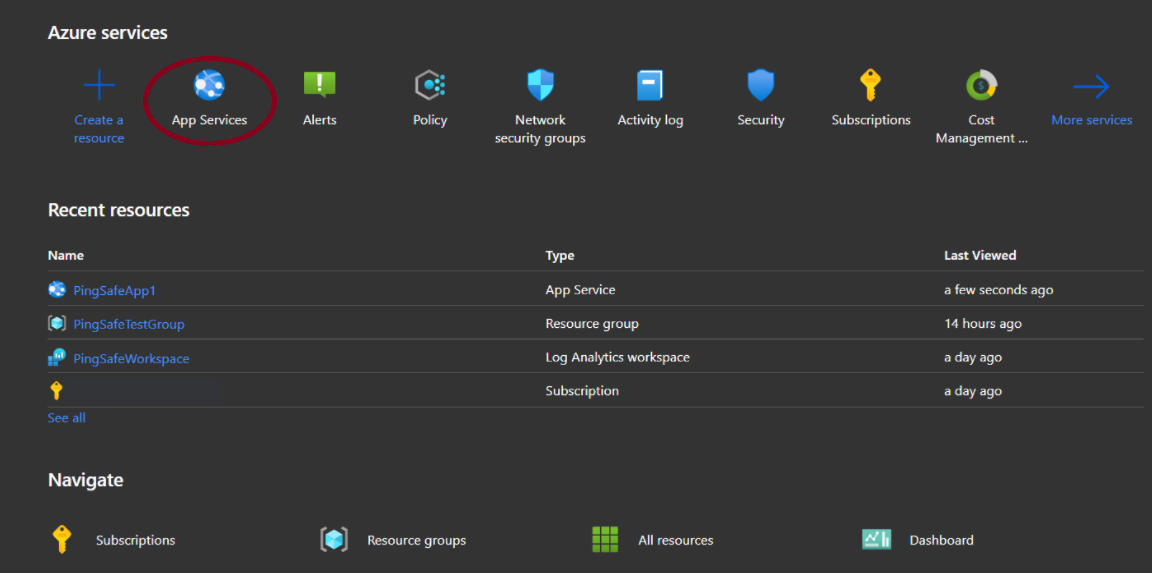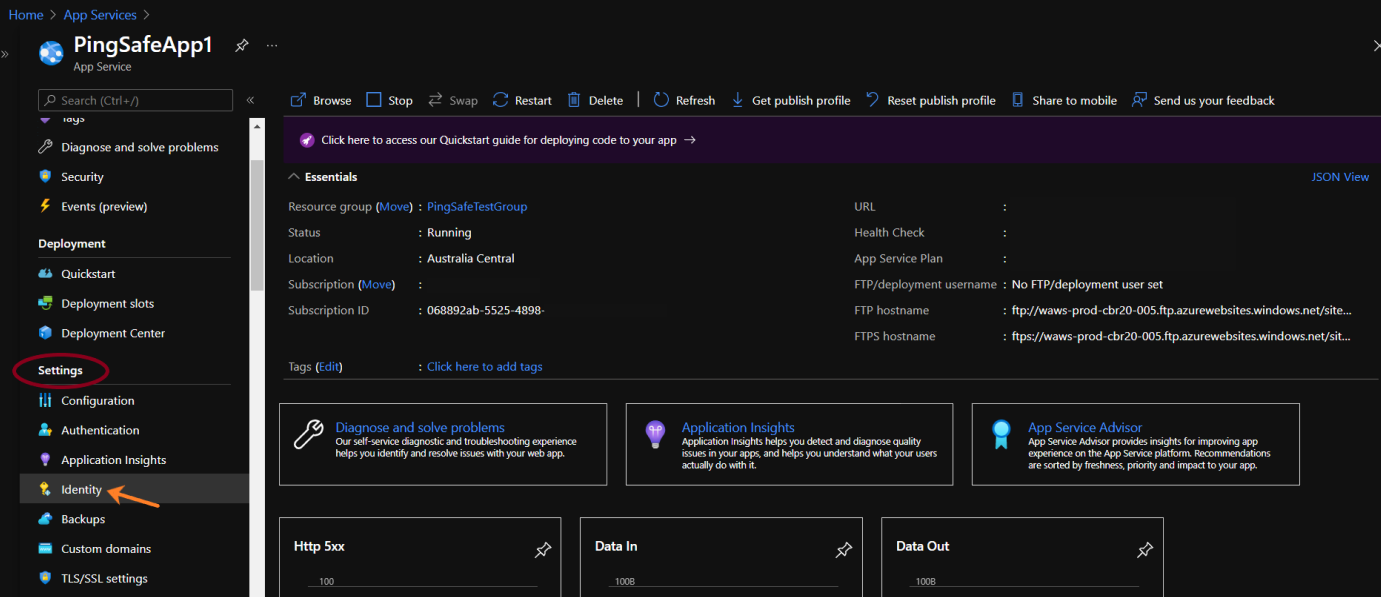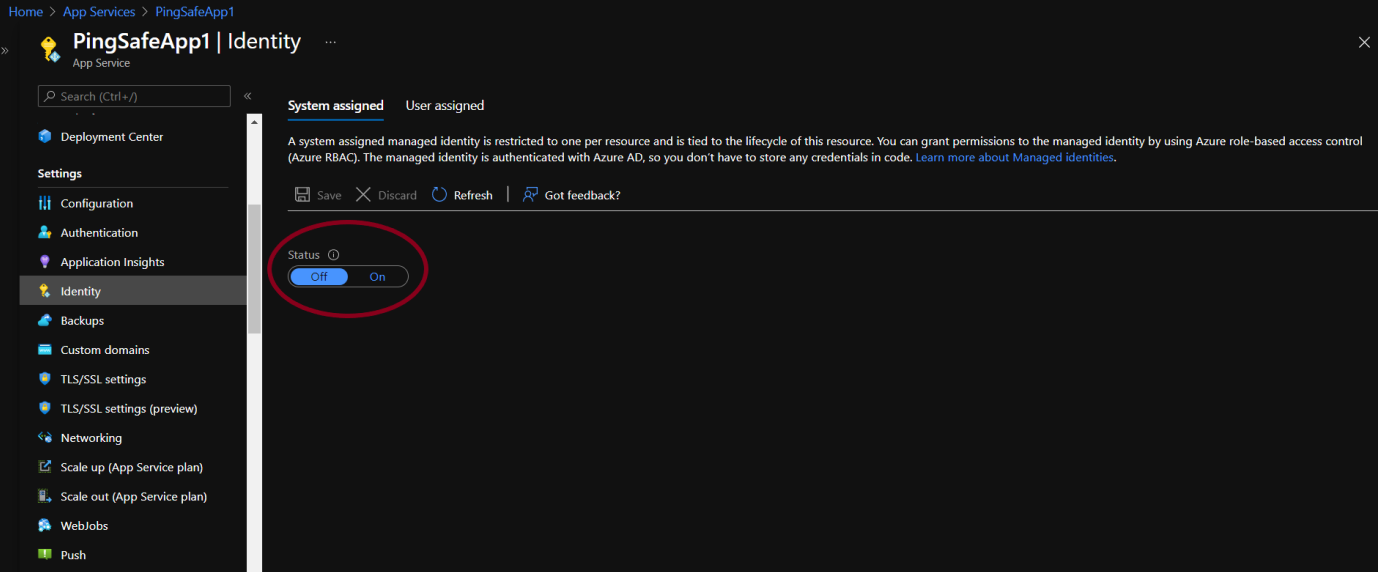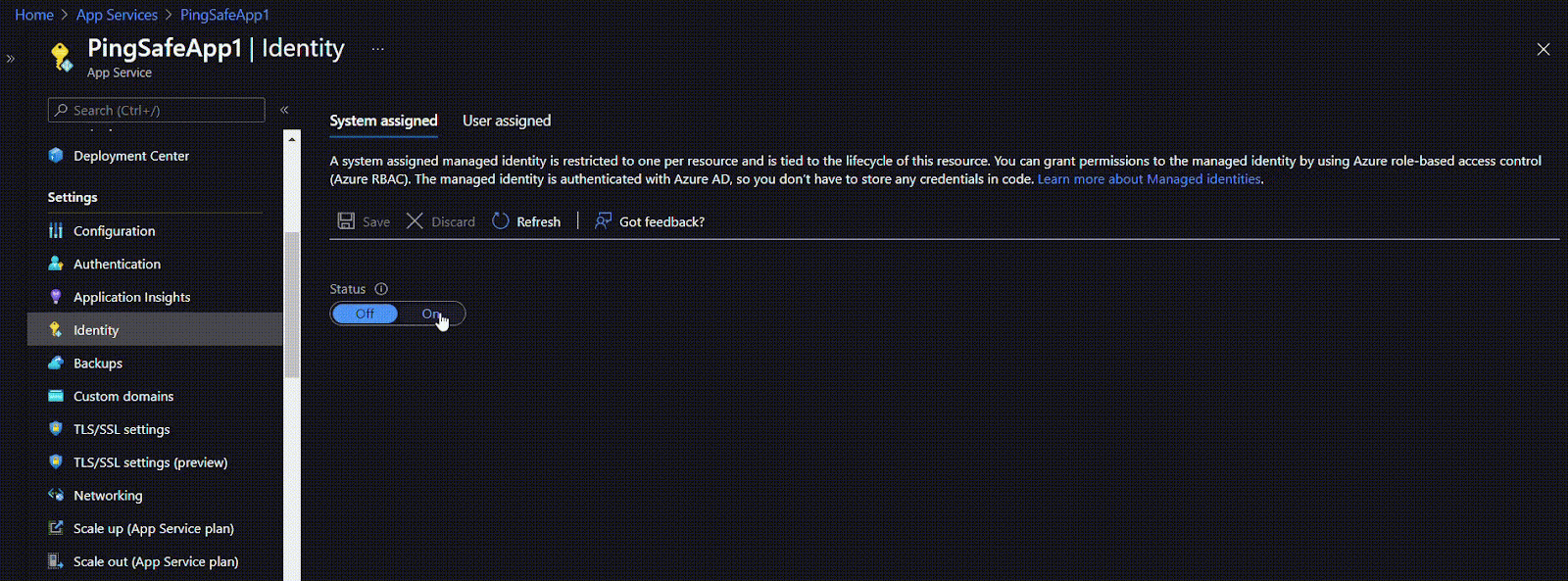- CNS Policies
- Azure Knowledge Base
- App Services
-
AWS Knowledge Base
- Amazon EKS
- Amazon RDS
- Amazon Kinesis
- AWS Organizations
- Amazon SQS (Simple Queue Service)
- AWS Cloudtrail
- AWS Certificate Manager
- AWS IAM
- AWS Workspaces
- Amazon S3
- AWS Systems Manager (AWS SSM)
- Amazon EC2
- Amazon Redshift
- Amazon EMR
- Amazon CloudFront
- Amazon DynamoDB
- Amazon Managed Workflows for Apache Airflow (MWAA)
- Amazon Route 53
- AWS Key Management Service (KMS)
- Amazon CloudWatch
- Amazon ElasticSearch
- AWS Database Migration Service
- AWS Config
- AWS X-Ray
- Amazon API Gateway
- Amazon Athena
- Amazon SageMaker
- AWS Elastic Load Balancing (ELB)
- AWS Lambda
- AWS Auto Scaling
- Amazon GuardDuty
- Amazon Elastic File System (Amazon EFS)
- Amazon Elastic Container Registry (Amazon ECR)
- AWS Glue
- Amazon Simple Notification Service (SNS)
- AWS Elastic Beanstalk
- AWS CodeBuild
- AWS Secrets Manager
- AWS Transfer Family
- Amazon Access Analyzer
-
Azure Knowledge Base
- Container Registries
- Azure Virtual Machines
- Network Security Group
- PostgreSQL
- Azure Monitor
- Azure Security Center
- SQL Databases
- SQL Servers
- Storage Accounts
- Azure Key Vaults
- Load Balancers
- App Services
- Azure Active Directory
- Activity Log
- Azure Policy
- Kubernetes Services
- Azure Resources
- Azure Cosmos DB
- CDN Profiles
- MySQL Servers
- Azure Virtual Network
- Azure Network Watcher
- Azure Cache for Redis
-
GCP Knowledge Base
- Google Cloud VPC
- Google Cloud IAM
- Google Cloud Load Balancing
- Google Cloud Logging
- Google Cloud Kubernetes Engine
- Google Cloud Pub/Sub
- Google Compute Engine
- Google Cloud Key Management Service (KMS)
- Google Cloud DNS
- Google Cloud Storage
- Google Cloud Dataproc
- Google Cloud SQL
- Google Cloud Spanner
- Google Cloud Deployment Manager
- Google Cloud BigQuery
- Google Cloud Dataflow
-
DigitalOcean Knowledge Base
Identity Disabled
Risk Level: Medium
Description
This plugin ensures that a system or user-assigned managed identity is enabled to authenticate to App Services without storing credentials in the code. A system or user-assigned managed identity should be assigned to every application so that they can access Azure resources seamlessly. It is more secure than hard-coding credentials into the application.
About the Service
App Services: The app services at azure offers to host web applications, REST API and backend services for mobile and web applications. Hosting web apps on Azure lets users focus on managing the application and its data.
Impact
Maintaining cloud connection credentials in code is a security risk. Credentials should never appear on developer workstations and should not be checked into source control. Managed identities for Azure resources provide Azure services with a managed identity in Azure AD which can be used to authenticate to any service that supports Azure AD authentication, without having to include any credentials in code.
Steps to Reproduce
- Log in to the Azure portal.
- Click on App Services.

- Select an App Service plan from the listed apps.

- Click on Identity under Settings from the navigation bar.

- If the Status is set to ‘Off’ follow the Steps to Remediation section.

- Repeat the process for other applications as well.
Steps for Remediation
- Login to azure portal.
- Click on App Services.

- Select an App Service plan from the listed apps.

- Click on Identity under Settings.

- If the Status is set to ‘Off’, click the ‘On’ button to enable the user managed identity for your application.

- Repeat the steps for other applications as well.
Please feel free to reach out to support@pingsafe.ai with any questions that you may have.
Thanks
PingSafe Support
